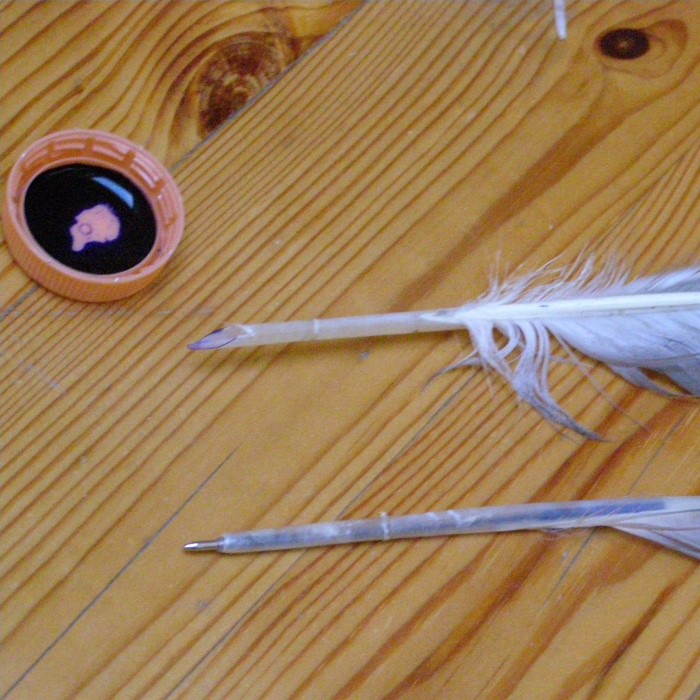Introduction: The Charm of Small Reading Nooks In the hustle and bustle of modern life, creating a haven for relaxation becomes essential. One way to achieve this is by designing a cozy reading nook in your home. The keyword “small reading nook ideas” resonates with many seeking ways to enhance…
-
-
Introduction An outdoor reading nook is a cozy spot in your backyard or patio. It is designed specifically for reading and relaxation. This space combines comfort, tranquility, and nature to enhance your reading experience. Outdoor reading nooks provide a peaceful escape from indoor settings. They allow you to enjoy fresh…
-
Introduction: The Allure of a Cozy Reading Nook In today’s fast-paced world, finding moments of peace and tranquility at home is essential. A bedroom cozy reading nook serves as an excellent escape for those who seek solace in books. It creates a personal retreat where you can unwind, lose yourself in a…
-
Introduction As the holiday season approaches, families and friends gather to celebrate joy and togetherness. A delightful way to enhance that spirit is through a fun and engaging paper Christmas tree craft. This simple craft offers children a fantastic opportunity to express their creativity while preparing for the festive season. Creating…
-
Introduction When it comes to crafting, the organization is key to a successful and enjoyable experience. Craft paper storage is a critical aspect of maintaining an efficient work environment. Proper storage not only helps you keep your materials in order but also sparks creativity by minimizing clutter. Without an organized space, it…
-
Benefits of a Reading Nook for Children Creating a reading nook for kids offers many advantages. It nurtures a love for books and storytelling. Children learn to enjoy quiet, focused activities in their personal space. Having a dedicated reading nook encourages imagination and creativity. When kids explore books in a…
-
Introduction: The Importance of Proper Pen Grip Knowing how to properly hold a pen is vital for anyone who engages in writing, whether you are a student, professional, or hobbyist. A correct grip influences not only the quality of writing but also the comfort and health of your hand over prolonged writing…
-
Introduction: The Timeless Art of Quill Pens In our increasingly digital world, the nostalgic allure of traditional writing tools like the quill pen remains strong. How to make a quill pen is not just a crafting query; it is a journey into history, artistry, and personal expression. Creating your own quill pen…







